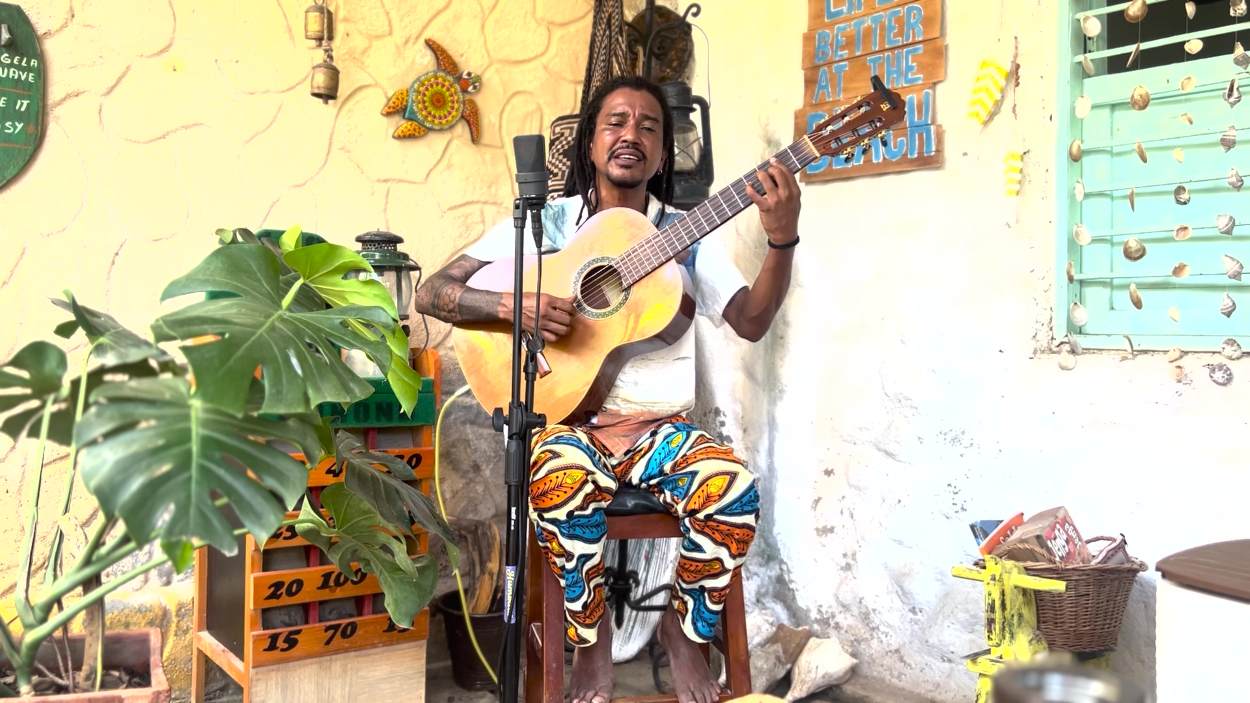Colombia’s Social Inclusion Policy Targets Extreme Poverty
Colombia’s Social Inclusion Policy Targets Extreme Poverty
President Juan Manuel Santos made anti-poverty initiatives a priority for his administration, aiming programs at the 10 percent of the population with the lowest income.
Though Colombia’s economic growth has helped spur prosperity, President Juan Manuel Santos is pushing for more social inclusion measures to aid the approximately 5 million people living in extreme poverty. The Santos administration is targeting the 10 percent of the population with the lowest income through programs including a multi-faceted anti-poverty initiative and an ambitious subsidized housing project.
The Andean country made strides in reducing inequality over the past decade. Colombia ranked fifth in Americas Quarterly’s social inclusion index released last month, which measures countries in Latin America by progress in social rights, civil liberties, and access to labor markets, among other factors. According to the index, Colombia spends nearly 13 percent of GDP on social programs—more than Mexico or Peru, which also have extensive initiatives. Overall poverty levels in Colombia has been falling over the past decade, dropping from 56 percent in 2002 to 34.1 percent last year. Similarly, extreme poverty fell from 22 percent to 10.6 percent over the same period. Though Colombia is among the most unequal countries in Latin America, the Gini coefficient—which measures levels of income inequality—fell slightly last year.
Nevertheless, Santos is intent on reducing persistant poverty, and a program aimed at the poorest of the poor forms the crux of his social inclusion plan. Originally created in 2006 under the name Red Juntos, the Red Unidos (United Network) program seeks to lift 1.4 million Colombians out of indigence. Santos launched the program in March 2011 as a part of the National Social Prosperity Plan, and the project serves as an umbrella to the government’s numerous anti-poverty initiatives. Santos then created the National Agency for Overcoming Extreme Poverty (Anspe) to oversee and implement Red Unidos. This program brings together a large number of anti-poverty initiatives, ranging from micro-life insurance to increasing access to health services and clean water. Anspe employs around 10,000 representatives to meet with low-income families to determine how they can benefit from the program and to establish an “action plan.”
Some have criticized this approach, pointing to violence and macroeconomic factors as the main barriers to poverty reduction. The Guardian’s Poverty Matters blog asked, “Where is the evidence for Anspe's implication that with a little help from well-meaning accompaniers it can only be a matter of time before the poor find it in themselves to improve their lot?” But Red Unidos also employs similar approaches used in other social inclusion programs in the region such as Brazil’s Bolsa Família and Mexico’s Oportunidades. Colombia has two conditional cash transfer programs: Familias en Acción (Families in Action), which provides bimonthly stipends in exchange for sending children to school and getting medical care and Ingreso para la Prosperidad Social (Income for Social Prosperity), which gives financial incentives to adults for going back to school or studying a trade. In addition, Red Unidos works with the UN Development Program on public-private initiatives for job training and employment creation projects.
One of Santos’ latest social inclusion initiatives focuses on housing. In late April, the president launched the Vivienda de Interés Prioritario plan (Affordable Housing Priority), also known as VIP. The program seeks to build 100,000 homes for those living in extreme poverty over the next two years, based on similar initiatives in Brazil, Chile, and Mexico. Families will receive a government subsidy that covers the total cost of the home, making the new houses free of cost. The program will allow families who otherwise would not qualify for credit from banks to receive funding for homes, with the possibility of a small down payment fee. Now under consideration in Congress and seen as urgent, the bill passed the first round of voting on May 24, with three debates remaining.
However, the project faces a number of obstacles. Studies have begun to identify areas where homes will be built, and land speculation could be an issue. Finding the right land to use could also be a challenge; for example, in the Santander department, an area identified for new homes has squatters living there. Furthermore, there are already reports of applicant fraud and concerns about the estimated costs of the program, considering a rising deficit.
Learn More:
- See Americas Quarterly’s social inclusion index.
- Read about Colombia’s economic growth in AS/COA’s Colombia in the Eyes of Wall Street blog.
- Read about the Affordable Housing Priority program from the Colombian president’s website.
- Read about a family that participated in the Red Unidos program from Colombia’s El Heraldo.








